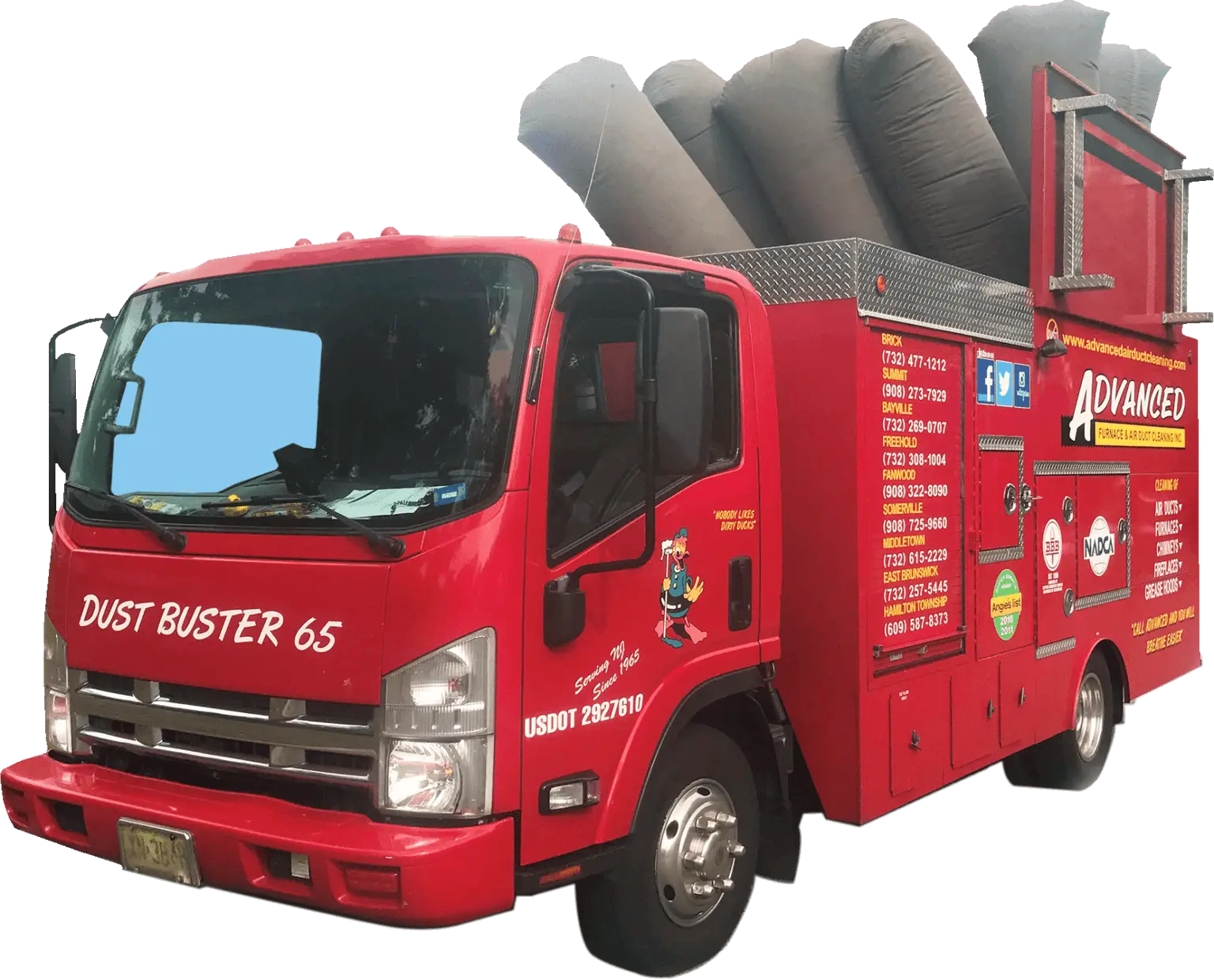Indoor air quality refers to the air quality within your home in relationship to indoor air pollutants, especially as it relates to the health and comfort of you and your family. According to the United States Environmental Protection Agency (EPA) people in industrialized nations spend more than 90 percent of their time indoors and for infants, the elderly, people with chronic diseases, and most urban residents the proportion of time spent indoors is probably higher. With such a large proportion of our time being spent indoors, it is essential that we consider the quality of air we are breathing during this time.
Did you know?
The air inside U.S. homes may be two to five times more polluted than outdoor air, and in some cases as much as 100 times more polluted than outdoor air (EPA).
The American Lung Association sites the following as the most common indoor air pollutants:
– Biological Pollutants
o Molds, Bacteria, Dust, Viruses, Pollen, Animal Dander, Particles from Dust Mites
– Combustion Sources
o Fuel Burning Stoves, Furnaces, Fireplaces, Heaters and Water Heaters
Using oil, gas, coal, wood, or other fuel
– Tobacco Products
o Including second hand smoke
– Building Materials
o Asbestos
Found in roofing and flooring materials, and insulation for ceilings, walls, pipes, and heating equipment
– Radon
o Naturally occurring radioactive gas that enters the home through cracks in the foundation floor and walls, drains and other openings
– Formaldehyde
o Found in adhesive agents for many materials used within a home
Including;: carpets; upholstery; furnishing; particle board; plywood
Did you know?
The Environmental Protection Agency listed poor indoor air quality as one of the five biggest environmental risks to public health.
Indoor air pollutants can be detrimental to you and your family’s health. As cited by the EPA your lungs are the most common site of injury by indoor air pollutants. Poor indoor air quality can cause and contribute to the development of lung infections, lung cancer, and chronic lung diseases. In addition to the effect on your lungs, other symptoms can occur as a result of indoor air pollutants such as; headaches; dry eyes; nasal congestion; nausea; and fatigue (American Lung Association). According to the EPA, 90% of common colds are caught while indoors, breathing indoor air.
As you can see it is important to protect you and your family from exposure to indoor air pollutants. The American Lung Association states that the best way to defend against indoor air pollution is to find ways to keep the pollutants from being added to the air in the first place. While it is impossible to control everything around you and everything that is entering into your home, there are precautionary measures that you can take.
1. Keep doors and windows closed as often as possible.
2. Refrain from smoking in your home.
3. Keep pets out of your home as much as possible.
4. Use high quality air filters and replace them regularly.
5. Maintain regular air duct cleaning and inspection.
“Appropriate ventilation with clean fresh air can reduce levels of indoor air pollutants” (American Lung Association).
Having your air ducts cleaned will allow you and your family to breathe clean, fresh air and achieve proper ventilation in your home. Think of your heating and cooling system as the lungs of your home. It continuously takes air in and breathes air out. It is through your system’s breathing process that air is circulated throughout your duct work. Removal of dirt, debris, and other contaminants from your duct work is one of the most effective cleaning and decontamination methods for ensuring cleaner indoor air. A clear and clean ductwork system helps to ensure that air pollutants are not carried throughout your home but instead spreads fresh, clean air. A clean ductwork system also supports appropriate ventilation. Removal of contaminants provides air with a clear path to circulate. Clearing ductwork of containments not only improves but also, increases ventilation in your home. Therefore, routine air duct cleaning should become a part of your home’s regular maintenance in order to protect from and prevent indoor air pollutants.

